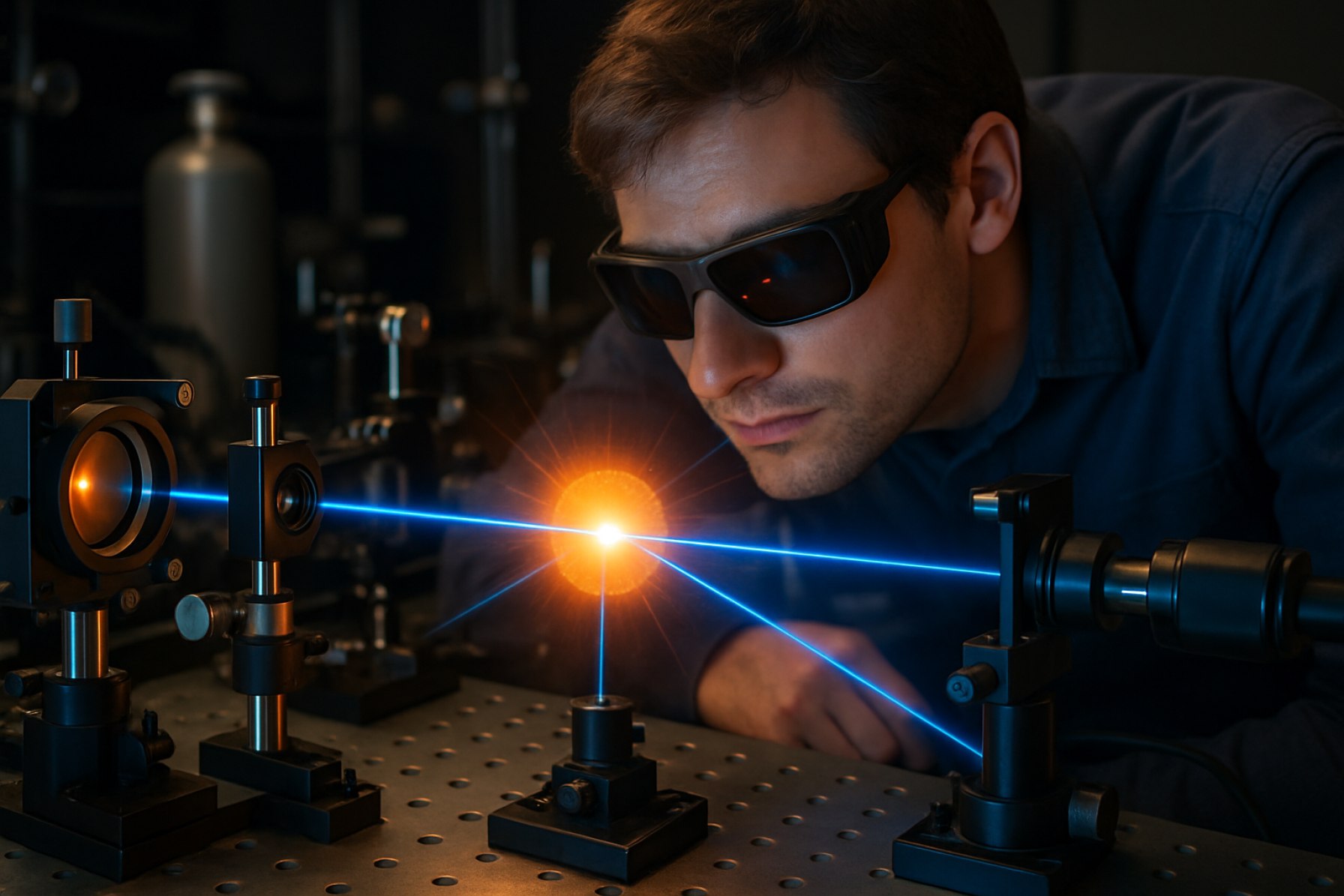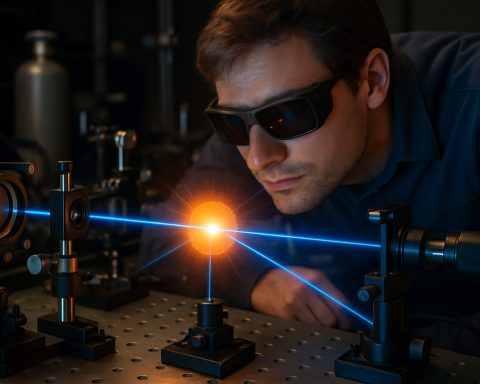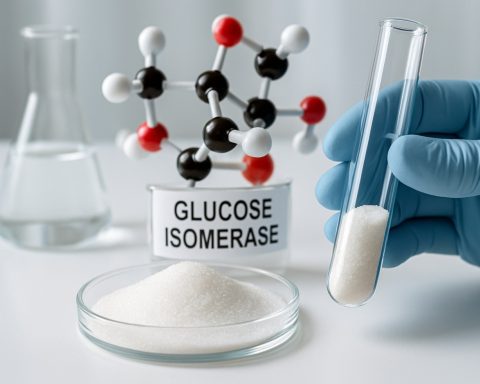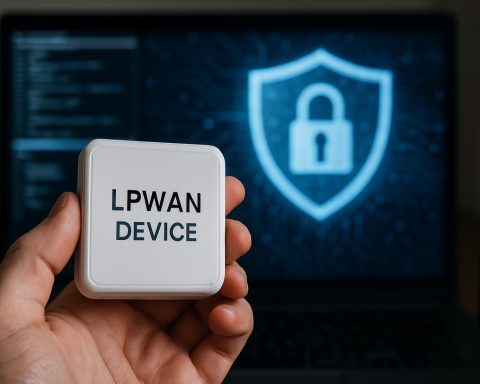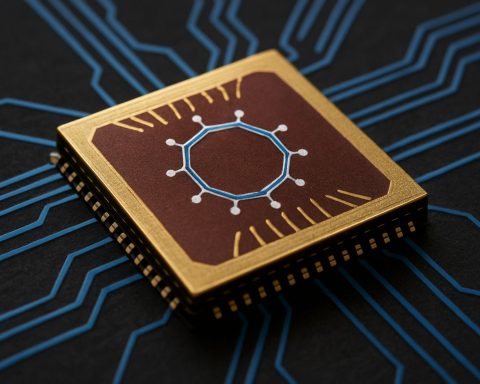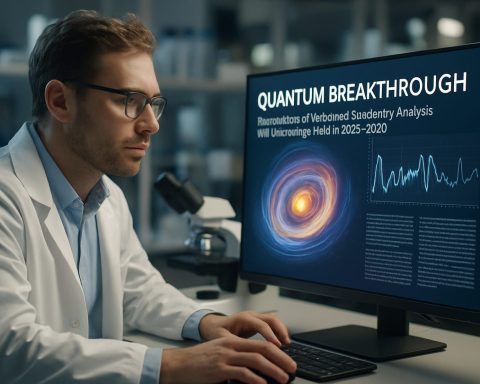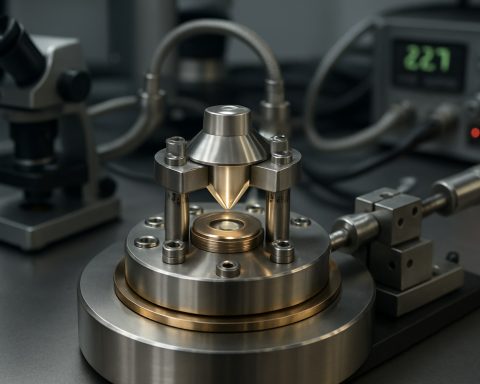Attosecond Spectroscopy: Revolutionizing Our Understanding of Electron Dynamics. Discover How Ultrafast Laser Pulses Are Transforming Atomic and Molecular Science.
- Introduction to Attosecond Spectroscopy
- Principles of Attosecond Pulse Generation
- Experimental Techniques and Instrumentation
- Applications in Atomic and Molecular Physics
- Probing Electron Dynamics in Real Time
- Recent Breakthroughs and Discoveries
- Challenges and Future Directions
- Impact on Quantum Technologies
- Sources & References
Introduction to Attosecond Spectroscopy
Attosecond spectroscopy is a cutting-edge technique in ultrafast science that enables the observation and control of electron dynamics on their natural timescale—attoseconds (1 as = 10-18 seconds). This field has emerged from the development of attosecond light pulses, which are generated through high-harmonic generation processes using intense femtosecond lasers. These ultrashort pulses allow researchers to probe and manipulate electronic processes in atoms, molecules, and solids with unprecedented temporal resolution, opening new frontiers in fundamental physics, chemistry, and material science.
The primary motivation behind attosecond spectroscopy is to capture the motion of electrons, which govern the fundamental processes of chemical bonding, charge migration, and energy transfer. Traditional spectroscopic techniques, limited to femtosecond or longer timescales, cannot resolve these ultrafast events. By contrast, attosecond pulses act as a “stroboscope” for electron motion, enabling time-resolved measurements of phenomena such as photoionization, Auger decay, and electron correlation effects. These insights are crucial for understanding and ultimately controlling processes like photochemical reactions, charge transport in nanostructures, and the initial steps of radiation damage in biological systems.
Recent advances in attosecond technology have led to the generation of isolated attosecond pulses and pulse trains in the extreme ultraviolet (XUV) and soft X-ray regions, facilitating experiments with ever-increasing precision and complexity. The field continues to evolve rapidly, with ongoing research focused on improving pulse duration, intensity, and coherence, as well as expanding the range of applications. For a comprehensive overview of the field and its latest developments, see resources from the Nature Publishing Group and the Optica (formerly OSA).
Principles of Attosecond Pulse Generation
Attosecond pulse generation is foundational to attosecond spectroscopy, enabling the observation and control of electron dynamics on their natural timescales. The most widely used method for generating attosecond pulses is high-harmonic generation (HHG), which occurs when an intense femtosecond laser pulse is focused into a noble gas. The strong electric field of the laser ionizes the gas atoms, liberating electrons that are then accelerated and driven back to recombine with their parent ions. This recombination process emits photons with energies that are integer multiples (harmonics) of the driving laser frequency, resulting in a broad spectrum of coherent extreme ultraviolet (XUV) radiation. By carefully shaping the driving laser pulse and employing techniques such as polarization gating or amplitude gating, it is possible to isolate a single attosecond pulse or generate a train of attosecond pulses Nature Photonics.
The temporal duration of these pulses, often below 100 attoseconds, is determined by the bandwidth of the generated harmonics and the phase-matching conditions within the generation medium. Advanced dispersion management and filtering techniques are employed to compress and select the desired spectral components, further refining the pulse duration and temporal coherence. The resulting attosecond pulses serve as ultrafast probes in pump-probe experiments, where they can initiate or interrogate electron dynamics in atoms, molecules, and solids. The precise control over pulse characteristics is crucial for resolving sub-femtosecond processes, making attosecond pulse generation a central principle in attosecond spectroscopy Optica (formerly OSA).
Experimental Techniques and Instrumentation
Attosecond spectroscopy relies on advanced experimental techniques and instrumentation to generate, manipulate, and detect ultrashort light pulses on the attosecond (10-18 s) timescale. The cornerstone of these experiments is the generation of attosecond pulses, typically achieved through high-harmonic generation (HHG) in noble gases. In this process, an intense femtosecond laser pulse is focused into a gas jet, where nonlinear interactions produce a comb of odd harmonics, resulting in isolated or trains of attosecond pulses in the extreme ultraviolet (XUV) spectral region. The temporal and spectral properties of these pulses are characterized using techniques such as the attosecond streak camera and the reconstruction of attosecond beating by interference of two-photon transitions (RABBITT) method, which provide sub-femtosecond temporal resolution and phase information Nature Photonics.
Precise synchronization between the attosecond XUV pulses and the driving infrared (IR) field is essential for pump-probe measurements, enabling the observation of ultrafast electron dynamics in atoms, molecules, and solids. State-of-the-art beamlines employ advanced optics, such as multilayer mirrors and XUV filters, to isolate and shape attosecond pulses. Detection schemes often involve time-of-flight electron spectrometers or velocity map imaging, which allow for the measurement of photoelectron spectra with high energy and angular resolution U.S. Department of Energy Office of Scientific and Technical Information. Continuous improvements in laser technology, phase stabilization, and detection sensitivity are driving the field forward, enabling increasingly complex experiments and new insights into fundamental ultrafast processes.
Applications in Atomic and Molecular Physics
Attosecond spectroscopy has revolutionized the field of atomic and molecular physics by enabling the direct observation and control of electron dynamics on their natural timescales. This technique allows researchers to probe ultrafast processes such as electron tunneling, charge migration, and photoionization with unprecedented temporal resolution. For instance, attosecond pulses have been used to track the motion of electrons during the ionization of atoms, providing insights into the fundamental mechanisms of light-matter interaction and the breakdown of the Born-Oppenheimer approximation in molecules. These studies have revealed the role of electron correlation and coherence in shaping the outcome of chemical reactions and energy transfer processes Nature.
In molecular systems, attosecond spectroscopy has enabled the visualization of charge migration, where an electron hole created by ionization rapidly moves across a molecule before nuclear rearrangement occurs. This capability is crucial for understanding the initial steps of photochemical reactions and for designing molecules with tailored electronic properties. Additionally, attosecond techniques have been applied to study ultrafast Auger decay, electron-electron scattering, and the real-time evolution of electronic wave packets in atoms and small molecules American Association for the Advancement of Science.
Overall, attosecond spectroscopy provides a powerful toolset for exploring and manipulating the quantum dynamics of electrons, opening new avenues for controlling chemical reactivity and advancing our understanding of fundamental processes in atomic and molecular physics RP Photonics Consulting GmbH.
Probing Electron Dynamics in Real Time
Attosecond spectroscopy has revolutionized the ability to probe electron dynamics in real time, offering unprecedented temporal resolution on the order of attoseconds (10-18 seconds). This capability allows researchers to directly observe and analyze ultrafast processes such as electron tunneling, charge migration, and photoionization within atoms, molecules, and solids. By generating isolated attosecond pulses or pulse trains, typically in the extreme ultraviolet (XUV) spectral range, scientists can initiate and track the evolution of electronic wave packets with exquisite precision.
One of the key applications of attosecond spectroscopy is the study of electron correlation and coherence effects during ionization events. For example, attosecond streaking techniques enable the measurement of time delays in photoemission from different atomic orbitals, providing insight into the many-body interactions that govern electron motion Max Planck Society. Similarly, attosecond transient absorption spectroscopy allows for the observation of charge migration in complex molecules, revealing how electronic excitation propagates across molecular frameworks on sub-femtosecond timescales Nature.
These real-time measurements are crucial for understanding fundamental processes in physics, chemistry, and materials science, such as energy transfer, chemical bond breaking, and the initial steps of photochemical reactions. The insights gained from attosecond spectroscopy not only deepen our knowledge of electron dynamics but also pave the way for the development of ultrafast electronic devices and novel light-driven technologies U.S. Department of Energy.
Recent Breakthroughs and Discoveries
Recent years have witnessed remarkable breakthroughs in attosecond spectroscopy, significantly advancing our understanding of ultrafast electron dynamics in atoms, molecules, and solids. One of the most notable achievements is the direct observation of electron motion in real time, enabling researchers to track processes such as photoionization and charge migration with unprecedented temporal resolution. In 2023, scientists successfully used attosecond pulses to capture the birth of a photoelectron in a molecule, revealing the intricate interplay between electronic and nuclear motion during ionization events Nature.
Another major development is the application of attosecond transient absorption spectroscopy to study correlated electron dynamics in complex materials. This technique has provided new insights into ultrafast processes in semiconductors and two-dimensional materials, such as graphene and transition metal dichalcogenides, which are crucial for next-generation optoelectronic devices Science. Furthermore, attosecond spectroscopy has enabled the visualization of electron tunneling in strong-field ionization, offering experimental validation of long-standing theoretical models Nature Physics.
These breakthroughs are underpinned by advances in laser technology, including the generation of isolated attosecond pulses in the extreme ultraviolet (XUV) and soft X-ray regimes. Such progress has expanded the accessible energy range and improved temporal resolution, opening new avenues for probing fundamental quantum phenomena and driving innovation in ultrafast science Optica.
Challenges and Future Directions
Attosecond spectroscopy, while transformative in probing ultrafast electron dynamics, faces several significant challenges that shape its future trajectory. One primary obstacle is the generation of isolated attosecond pulses with sufficient intensity and stability. Current techniques, such as high-harmonic generation (HHG), often require complex setups and deliver limited photon flux, restricting the range of accessible experiments and target systems. Improving the efficiency and control of attosecond pulse sources remains a critical research focus Nature Photonics.
Another challenge lies in the detection and interpretation of attosecond-resolved signals. The extreme temporal resolution demands equally advanced detection electronics and methodologies, which must minimize noise and maximize sensitivity. Furthermore, the theoretical modeling of attosecond processes is computationally intensive, as it requires accurate treatment of electron correlation and many-body effects on ultrafast timescales U.S. Department of Energy Office of Scientific and Technical Information.
Looking ahead, future directions include the development of table-top attosecond sources, which would democratize access to this technology beyond large-scale facilities. Integration with other ultrafast techniques, such as X-ray free-electron lasers, promises to expand the range of observable phenomena, including complex molecular and solid-state dynamics. Additionally, advances in machine learning and computational methods are expected to enhance data analysis and theoretical predictions, accelerating discoveries in attosecond science European Commission CORDIS. As these challenges are addressed, attosecond spectroscopy is poised to unlock new frontiers in physics, chemistry, and materials science.
Impact on Quantum Technologies
Attosecond spectroscopy has emerged as a transformative tool in the advancement of quantum technologies, offering unprecedented temporal resolution to probe and manipulate quantum systems. By generating and utilizing light pulses on the attosecond (10-18 seconds) timescale, this technique enables direct observation of ultrafast electron dynamics within atoms, molecules, and solid-state materials. Such capabilities are crucial for the development of next-generation quantum devices, where control over electron motion and coherence is fundamental.
One significant impact of attosecond spectroscopy is in the field of quantum computing. The ability to monitor and steer electron dynamics at their natural timescales allows for the precise control of qubits, potentially reducing decoherence and error rates in quantum processors. Furthermore, attosecond techniques facilitate the study of light-matter interactions at the quantum level, providing insights into entanglement and coherence phenomena that underpin quantum information science Nature Physics.
In quantum communication, attosecond spectroscopy aids in the characterization of ultrafast processes that can affect photon-based information transfer, such as charge migration and electron correlation effects. This knowledge is essential for designing robust quantum networks and secure communication protocols. Additionally, the technique’s ability to resolve electron dynamics in novel quantum materials, including topological insulators and two-dimensional systems, accelerates the discovery and optimization of materials for quantum sensing and metrology Science.
Overall, attosecond spectroscopy not only deepens our understanding of fundamental quantum processes but also provides the experimental foundation for engineering and controlling quantum technologies at their most elementary level.
Sources & References
- Nature Publishing Group
- U.S. Department of Energy Office of Scientific and Technical Information
- RP Photonics Consulting GmbH
- Max Planck Society
- European Commission CORDIS
